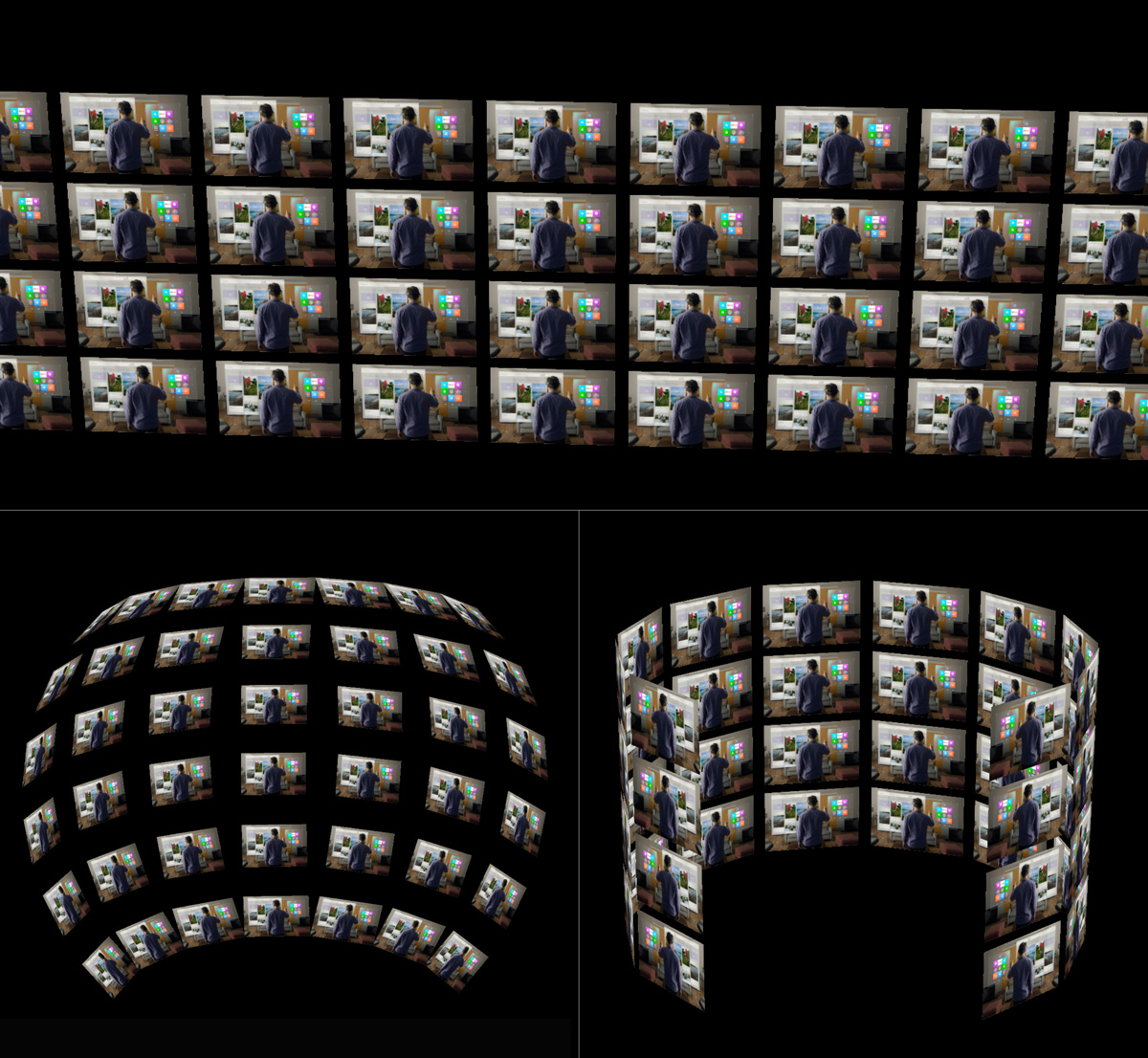Object collection
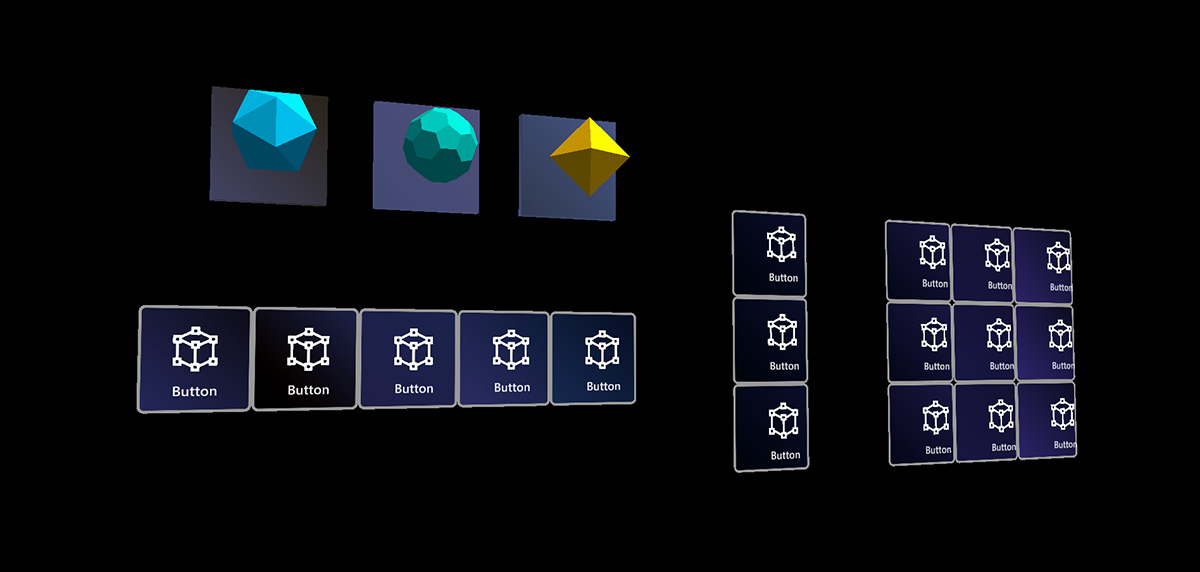
Object collection is a script to help lay out an array of objects in predefined three-dimensional shapes. It supports various surface styles including plane, cylinder, sphere, and radial. Since it supports any object in Unity, it can be used to layout both 2D and 3D objects.
Object collection scripts
GridObjectCollectionsupports Cylinder, Plane, Sphere, Radial surface typesScatterObjectCollectionsupports scattered style collectionTileGridObjectCollectionprovides some additional options to GridObjectCollection. Note: TileGridObjectCollection does not extendGridObjectCollection, and has several bugs (see issue 6237). Therefore, it is recommended to useGridObjectCollection.
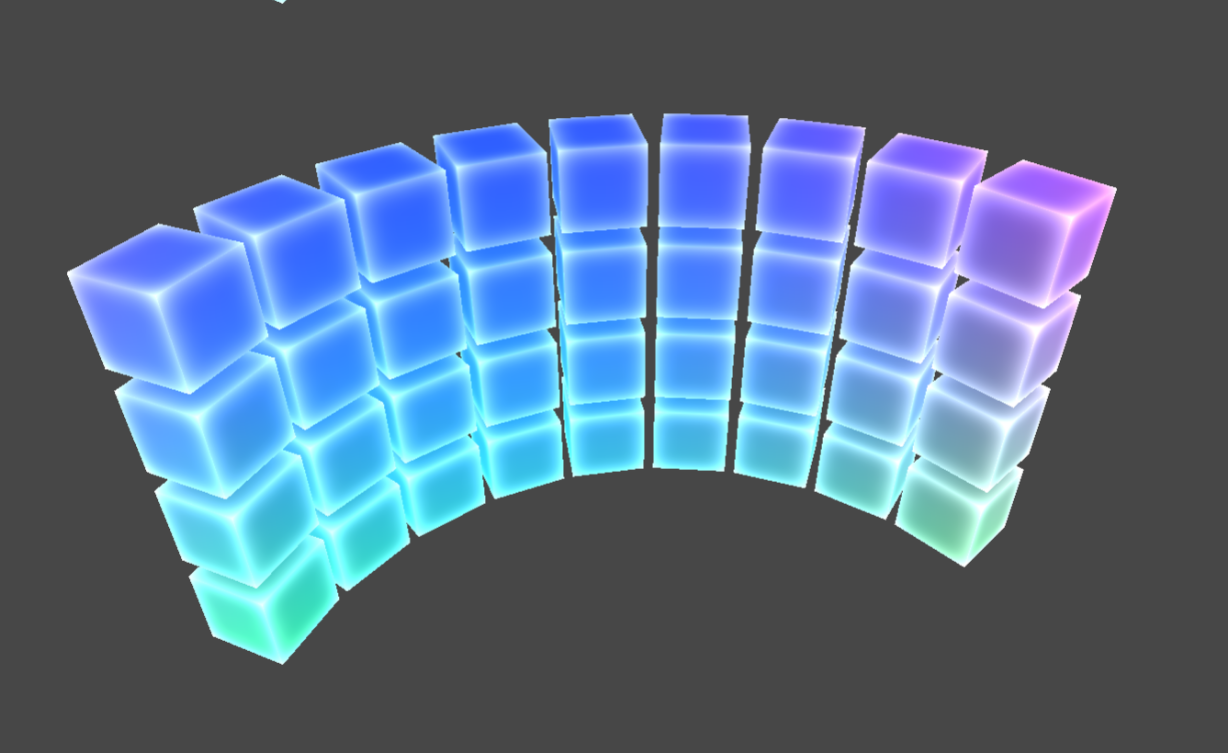 Grid Object Collection - Cylinder Grid Object Collection - Cylinder |
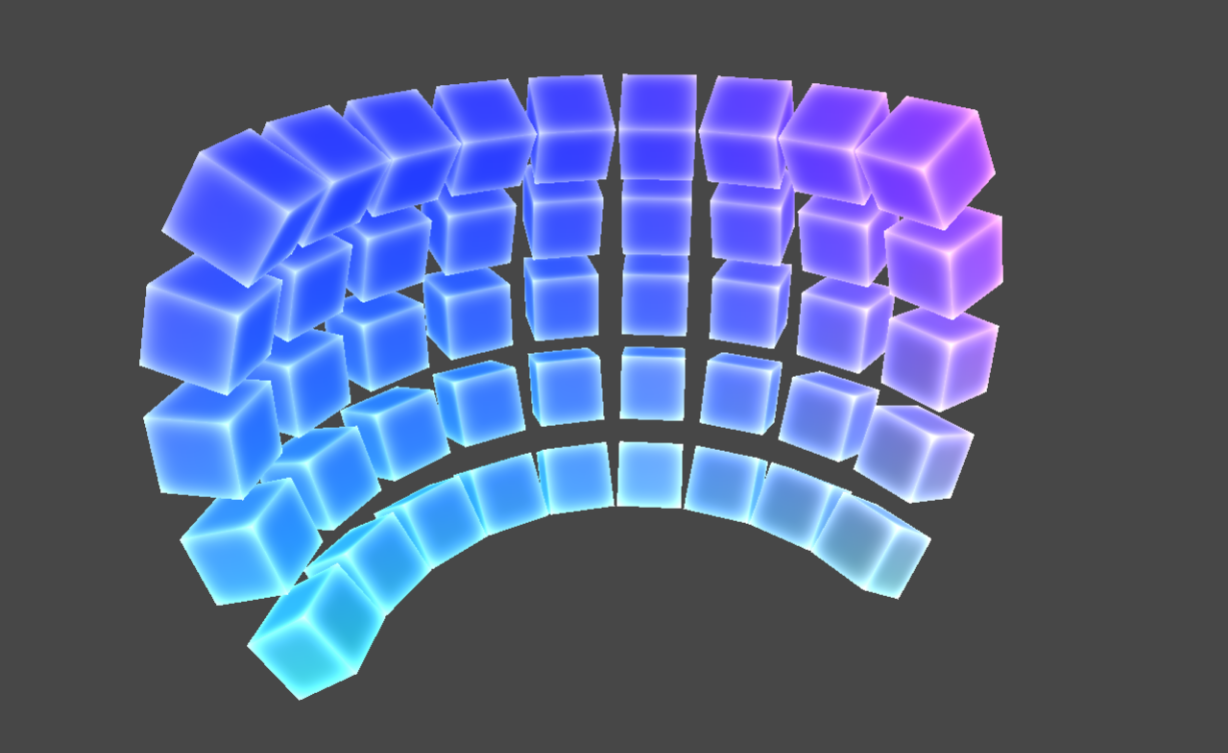 Grid Object Collection - Sphere Grid Object Collection - Sphere |
|---|---|
 Grid Object Collection - Radial Grid Object Collection - Radial |
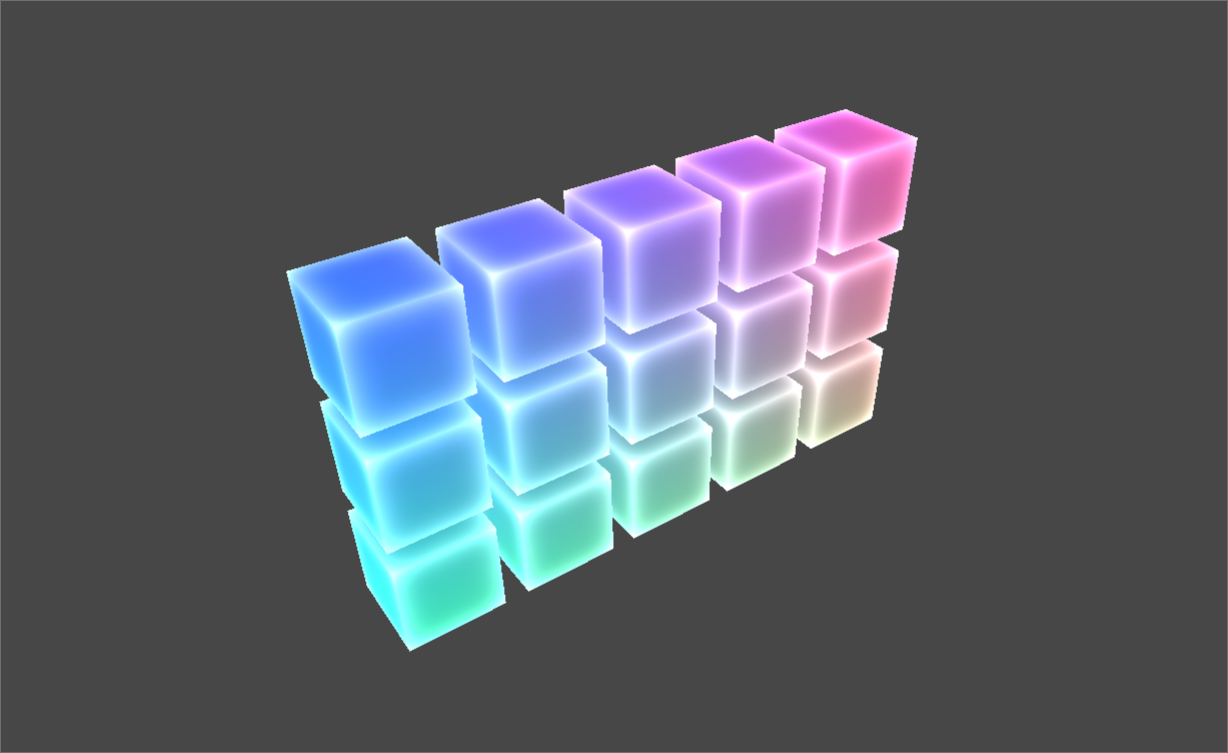 Grid Object Collection - Plane Grid Object Collection - Plane |
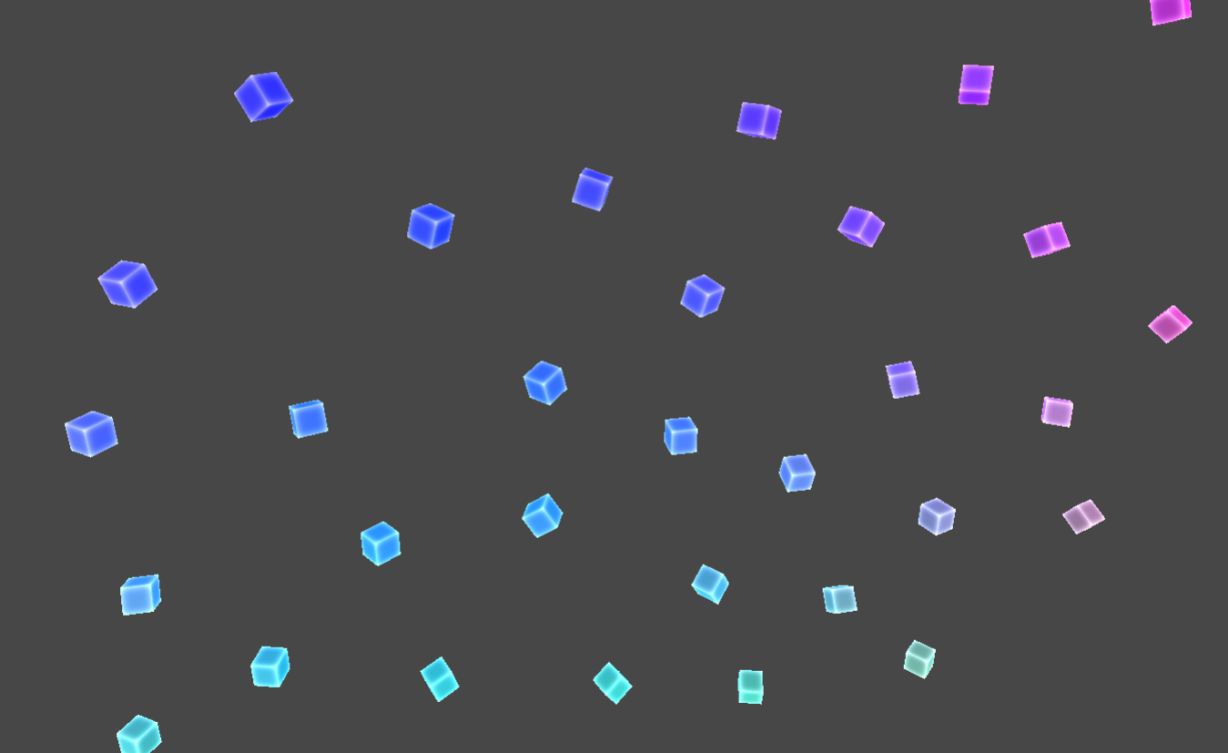 Scattered Object Collection Scattered Object Collection |
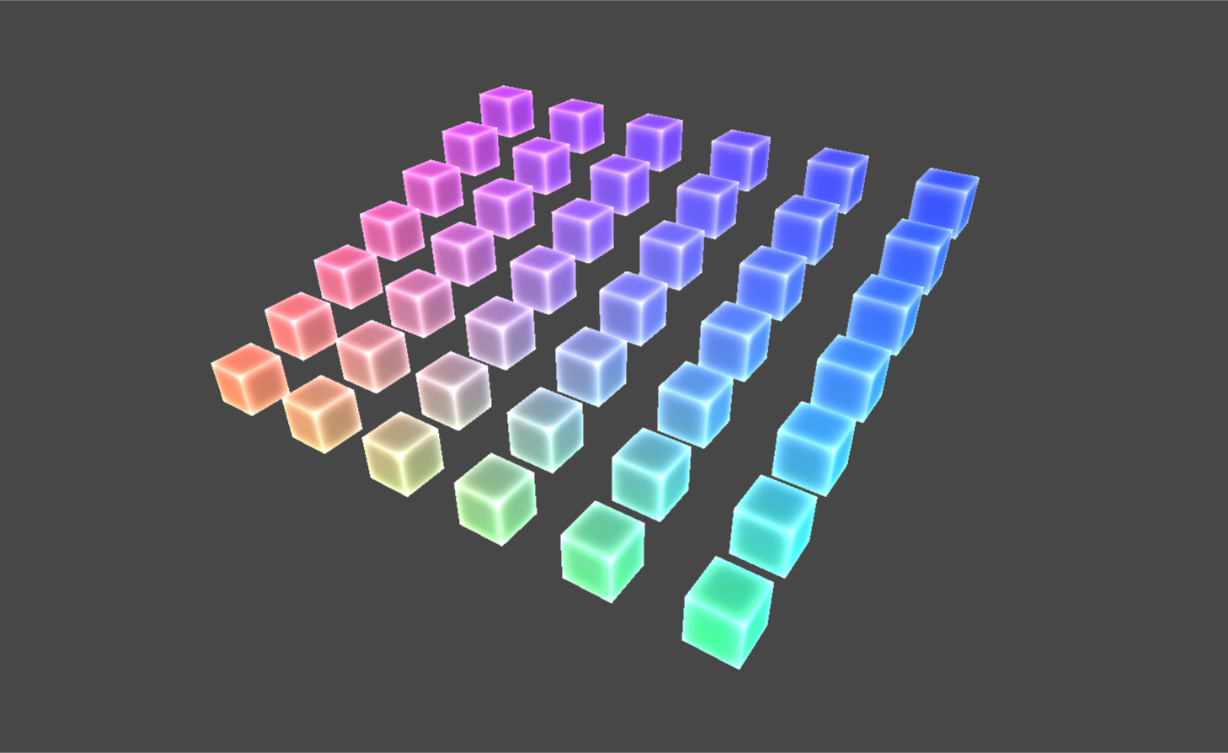 Tile Grid Object Collection Tile Grid Object Collection |
How to use an object collection
To create a collection, create an empty GameObject and assign one of the Object Collection scripts to it. Any object(s) can be added as a child of the GameObject. Once finished adding child objects, click the Update Collection button in the inspector panel to generate the object collection. The objects will be laid out in the scene according to the collection parameters. Update Collection can be accessed through the code too.
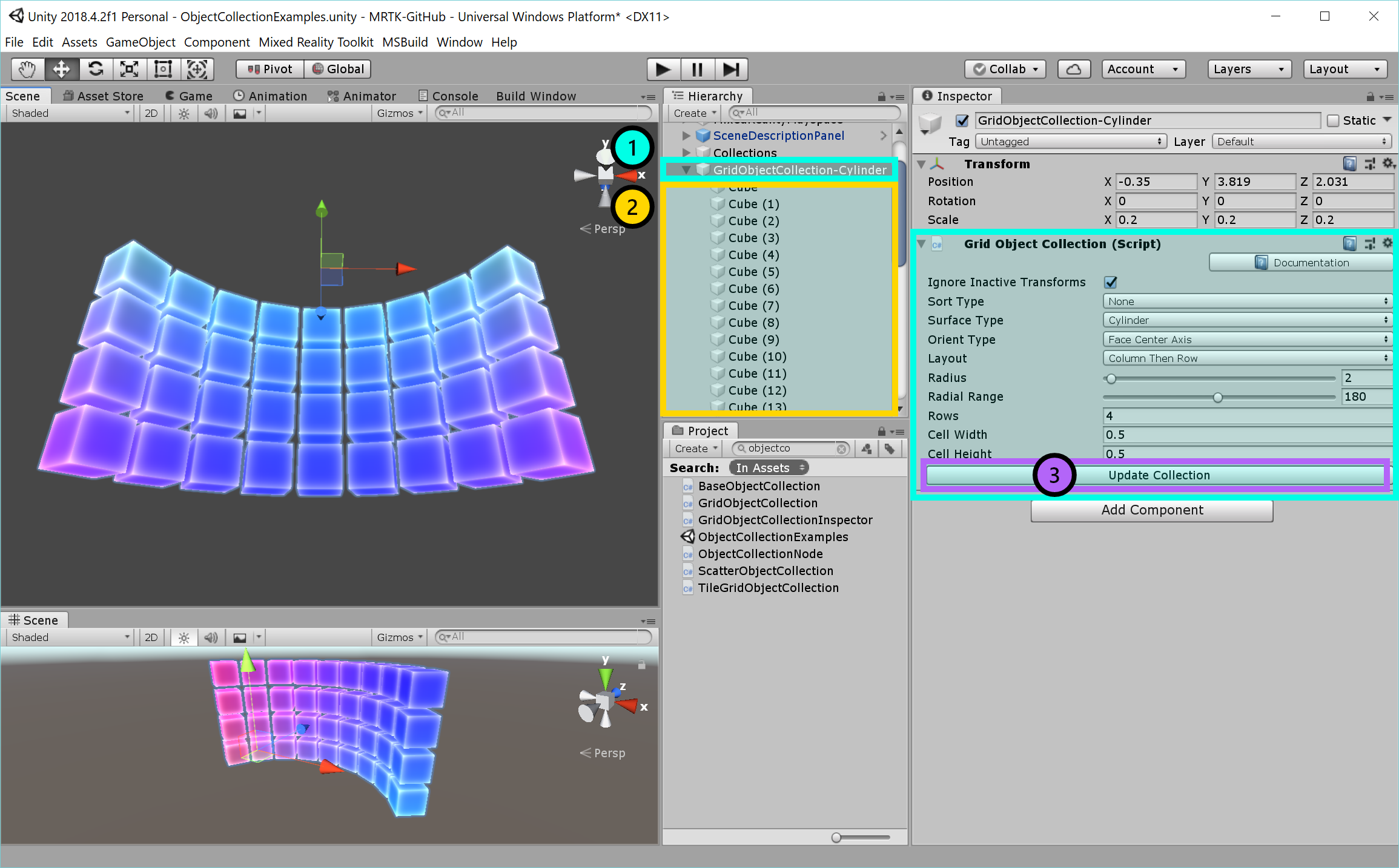
GridObjectCollection content alignment
The content in a GridObjectCollection can be aligned so that the parent object is anchored to the top/middle/bottom and left/center/right of the collection. Use the anchor property to specify content alignment.
GridObjectCollection layout order
Use the Layout field to specify the row / column order that children are laid out:
Column Then Row - Children are first laid out by horizontally (by column), then vertically (by row). Use Num Columns (or Columns property in code) to specify the number of columns in the grid.
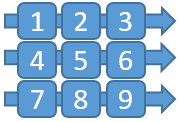
Row Then Column - Children are first laid out vertically (by row), then horizontally (by columns). Use Num Rows (or Rows property in code) to specify the number of rows in the grid.

Horizontal - Children are laid out in a single row using columns only
Vertical - Children are laid out in a single column using rows only.
Object collection examples
The ObjectCollectionExamples (Assets/MRTK/Examples/Demos/UX/Collections/Scenes/ObjectCollectionExamples.unity) example scene contains various examples of object collection types.
Periodic table of the elements is an example app that demonstrates how object collections work. It uses object collection to layout the 3D element boxes in different shapes.
Object collection types
3D objects
An object collection can be used to layout imported 3D objects. The example below shows the plane and cylindrical layouts of 3D chair model objects using a collection.
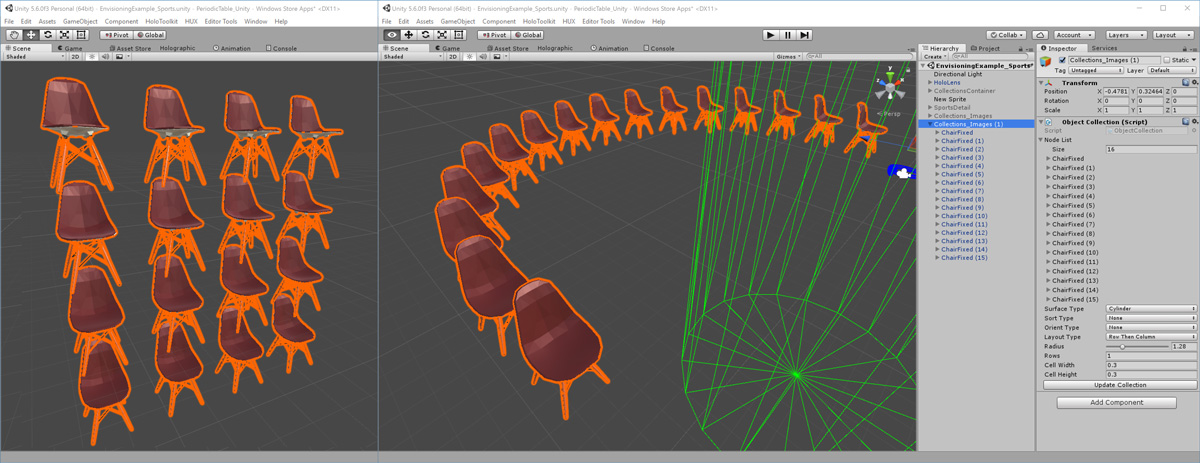
2D Objects
An object collection can also be crated from 2D images. For example, multiple images can be placed in a grid style.
